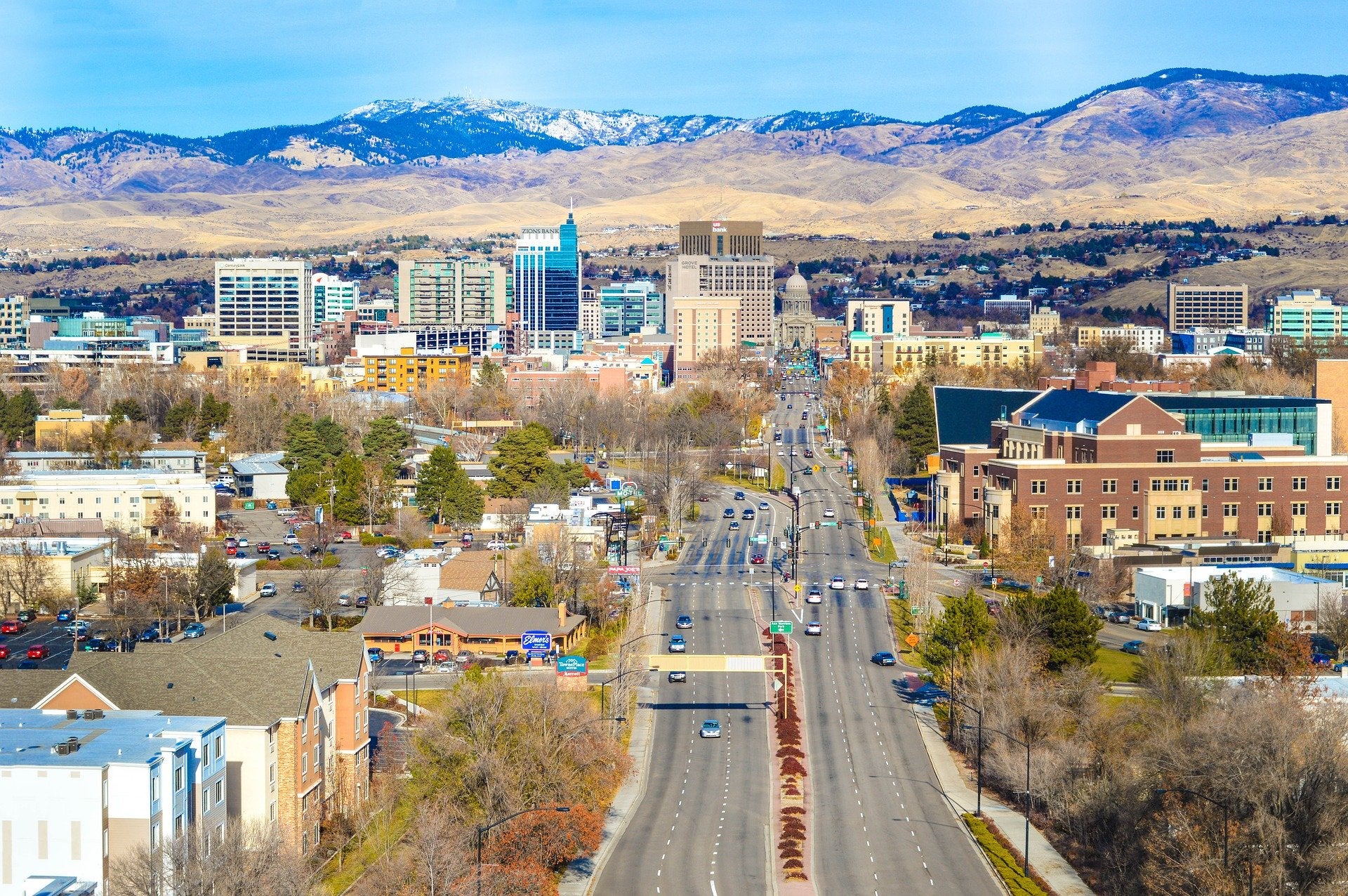
Infrastructure and the built environment impacts how responsive communities can be to adverse events and to changing needs. Take for example a flood area under consideration for development. One option may be to build a new housing development. A second option is to expand a public greenway. The decision that is made will impact a community’s ability to respond and recover from a future flood. As communities expand and evolve, the infrastructure decisions being made now will impact the resilience of future generations.
Infrastructure can create opportunities for resilience. For example, new transportation routes could make connections from rural areas to urban ones, generating access to vital resources for those in rural communities. Research under this pillar is related to the reliability and strength of critical infrastructure (communications, power grid, buildings built to hazard code), and systems facilitators or inhibitors to improve or build stronger infrastructure (e.g., capital, policy).
Example Research Topics
- Assessing the resilience of critical infrastructure
- Understanding the role and/or strength of community lifelines with respect to disaster recovery capacity
HRCI Pillars
Natural Environment Health & Well-being Economy & Society
The HCRI research pillars capture the interconnection between and amongst disciplines, highlighting the dynamic and multifaceted nature of community resilience. Our goal in promoting these pillars is the foster connections and collaborations between disciplines and across sectors.
Natural Environment
The health of our plance, natural resources natural hazards, risk, risk education, and climate change.
Economy and Society
Economic and social conditions that (1) allow communities to prepare for, respond to and recover form adverse natural events and economic shocks, and (2) foster thriving, healthy communities.
Built Environment
Reliability and strength of critical infrastructure (communications, power grid, buildings built to hazard code), and systems faciliators or inhibitors to improve or build stronger infrastructure (e.g., capital, policy).
Health and Well-being
Environmental and social conditions that foster healthy thriving communities.